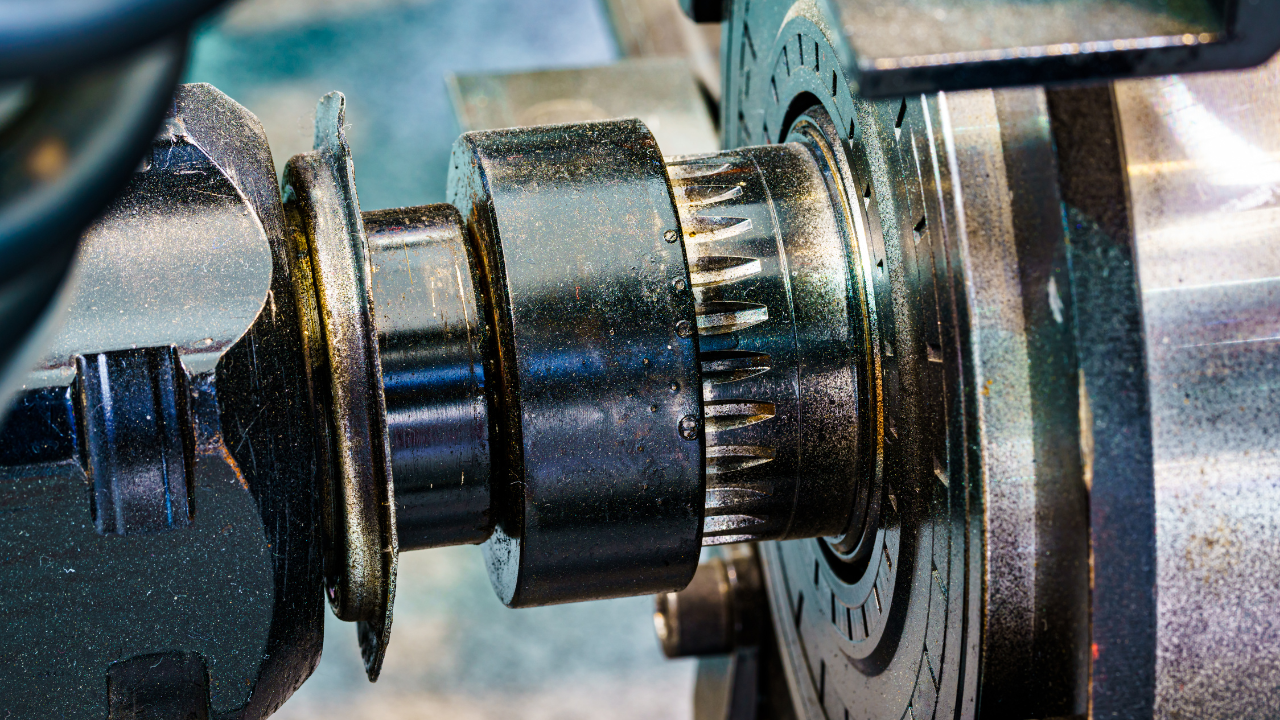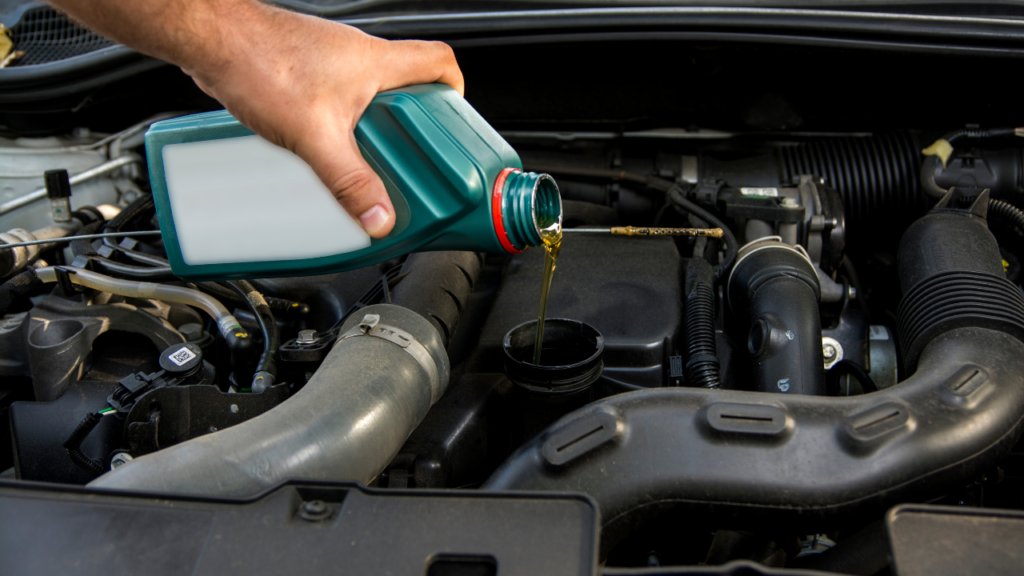The 7 Easy Steps to Changing Your Engine Oil
It’s important to keep an eye on your Rockwell 12011-1 oil cap when changing the engine oil. While you might think the oil cap is a non-consequential factor, think again. This is one of the most important components of the vehicle and you need to keep this safe while changing the oil. Fortunately, it’s easier than you think to change the engine oil.
So, what steps should you try?
Turn On the Engine for Five Minutes
It’s important to heat the oil before you change it. Now, this means you will need to switch on the engine for around five minutes or so. This should be sufficient enough to heat the oil but not to the point that it’s too hot to handle. So, this is easy enough to do and not too troublesome.
Secure Your Vehicle and Jack It Up
When you have heated the oil, it’s time to put your car into park and secure it. Park the vehicle in a safe location that allows you ample room to work on it. You might also want to jack up the front of the vehicle either with a floor jack or a ramp. Again, the vehicle must be secured before you continue to work on it. Make sure the engine is switched off too.
Remove the Rockwell 12011-1 Oil Cap and Keep It Safe
Lift the hood of your car and find the Rockwell 12011-1 oil cap. You will need to remove the cap and keep it safe. If the oil cap isn’t there, you should take steps to replace it as it’s an important part of the vehicle. Without an oil cap, the oil will likely spill out into the engine and cause serious issues. So, it’s best to keep the cap safe at all times.
Change the Old Oil Filter
You need to remove the old oil filter and drain whatever oil is left behind. Put a pan underneath the vehicle to catch the oil and clean around the filter. Remove any oil remnants and the surrounding areas too. You should install a new oil filter now and secure the filter in place too. Clean the engine to avoid problems later.
Drain the Excess Oil
The crankcase will have some remnants of oil left behind and it’s important to clear it away. So, keep the pan under the drain plug and unscrew the plug. Make sure not to drop it into the drip pan. Drain the oil for a few minutes then replace the plug and wipe away the excess oil.
Add New Oil into the Engine
You need to put a funnel into the oil hole (where you removed the cap) and pour in some new oil. Make sure you follow the manufacturer’s specifications and recommendations to avoid trouble. You should then replace the Rockwell 12011-1 oil cap. Wipe any excess oil away with a rag or soft cloth.
Run the Engine
You will need to establish a balanced oil pressure which means running the engine for a good five minutes or so. This is the time when any spillages will surface. So, take a look under the vehicle just to make sure there are no leaks. You can adjust the engine if there are leaks before you lower the vehicle again.
A Simple Way to Change the Oil
Maintaining cargo trailer accessories, including components like the Rockwell 12011-1 oil cap, is crucial for vehicle performance and safety. Keeping the oil cap secure during oil changes prevents leaks and potential engine issues. Routine checks and maintenance of these cargo trailer accessories ensure your vehicle runs smoothly. Simple steps like heating the oil, safely securing the vehicle, and properly installing new oil filters contribute to overall vehicle health. By prioritizing the care of your cargo trailer accessories, you ensure long-term reliability and safety on the road.…
Continue Reading




